To view this page in another language, please click here:
Yaqui
(Yoeme) Nation
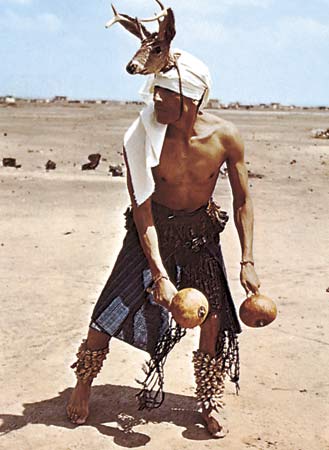

The Yaqui conception of the world is considerably different from that of their Mexican and United States neighbors. For example, the world (in Yaqui, anía) is composed of four separate worlds: the animal world, the world of people, the world of flowers, and the world of death. Much Yaqui ritual is centered upon perfecting these worlds and eliminating the harm that has been done to them, especially by people. There is a belief current among many Yaquis that the existence of the world depends on the yearly performance of the Lenten and Easter rituals.
Descended from the ancient Uto-Azteca people of Mexico, the
ancestors of the Pascua Yaqui Tribe first settled in the
United States near Nogales and south Tucson. In the late 19th
century, the tribe began to expand into settlements north of
Tucson in an area they named Pascua Village, and in Guadalupe,
near Tempe. They gained recognition by the United States
government on September 18, 1978.
Among my People...the Yaqui...we call the night..Tuka Ania...the Night World....the Vehicle of Dreams... I cannot imagine what your dreams are like unless you describe them to me. Dreams reflect that which we hold deep within our minds...Have you ever looked at your reflection in the water? You see your face so clearly and it appears as reachable as your hand. But...when you reach to touch it...it is only water. Yet, in the reflection, you are safe from any harm....nothing can touch you.
We call that reflection...the Dream world. When you see the reflection of a forest across a large lake...look closely. You can see that the forest in the reflection can never be burned...or cut down. The sky in the reflection is clear...blue and unpolluted. A forest...a world that once existed.
Long ago...a world that we dream will exist once again. In this real world that we live in we all seek a place of our own...a place we belong to. We can find this place in our dreams or we can look for a reflection on a clear lake or we can find it within ourselves. Dreams can come true...but we must make them come true...with our eyes open...
In 552 AD, Yaquis were living in family groups along the
Yaqui River (Yoem Vatwe) north to the Gila River, where they
gathered wild desert foods, hunted game and cultivated corn,
beans, and squash. Yaquis traded native foods, furs, shells,
salt, and other goods with many indigenous groups of central
North America. Among these groups are the Shoshone, the
Comanche, the Pueblos, the Pimas, the Aztecs, and the Toltec.
Yaquis roamed extensively in pre-Columbian times and sometimes
settled among other native groups like the Zunis. After
contact with non-Natives, the Yaquis came into an almost
constant 400 year conflict with Spanish colonists and the
later Mexican republic, a period known as the Yaqui Wars,
which ended in 1929. The wars drove many Yaquis north from
Mexico and into Arizona.
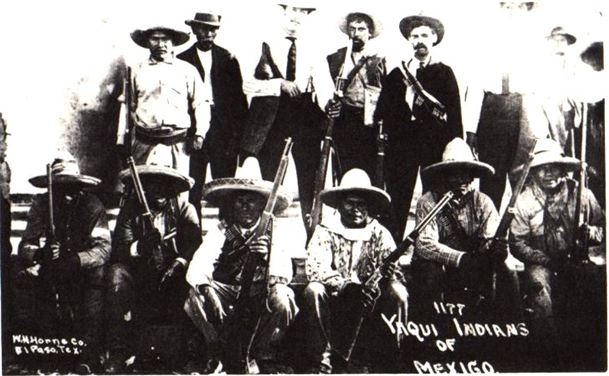
Yaqui Culture
Yaqui History
Yaqui
Historical
Photos
Yaqui
Kinship
System
Yaqui
Music
En Español
El
Website
oficial del gobierno tribal de Pascua Yaqui
The Yaquis were well accustomed to the many parts of North America. By 552 AD, Yaquis were living in family groups along the Yaqui River (Yoem Vatwe) north to the Gila River, where they gathered wild desert foods, hunted game and cultivated corn, beans, and squash. Yaquis traded native foods, furs, shells, salt, and other goods with many indigenous groups of central North America. Among these groups are the Shoshone, the Comanche, the Pueblos, the Pimas, the Aztecs, and the Toltec. Yaquis roamed extensively in pre-Columbian times and sometimes settled among other native groups like the Zunis.
On September 18, 1978, the Pascua
Yaqui Tribe of Arizona became federally recognized: the
Pascua Pueblo Pueblo of the Pascua Yaqui Indian Reservation
officially came "into being". The Pascua Yaquis have a
status similar to other Indian tribes of the United States.
This status makes the Yaqui eligible for specific services
due to trust responsibility that the United States offers
Native American peoples who have suffered land loss.
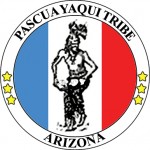
Rosalio
Moises
"A Yaqui Life: The Personal Chronicles of a Yaqui Indian"
Born in 1896 in Northwestern Mexico, Rosalio's story begins
during the Yaqui revolutionary period, continues through the
last uprising in 1926, and ends with recollections of his
life on a Texas farm until 1969.
Stan
Padilla
"A
Natural Education"
"It is a big task to be a human living on the earth at this
time. Let us all help each other by respecting, nurturing
and honoring the earth...she is a mother to us all!" - Stan
Padilla
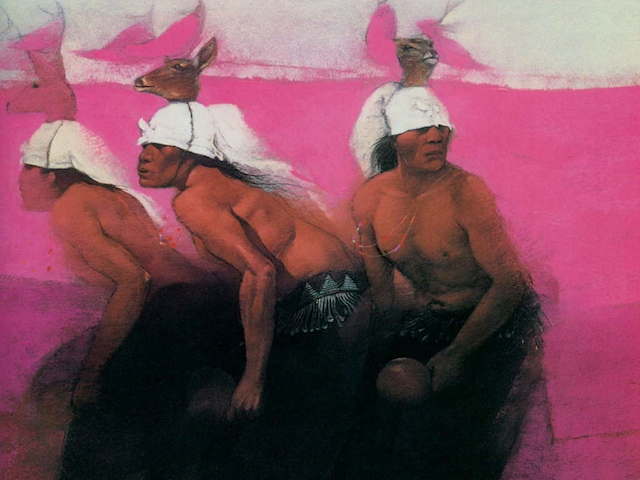
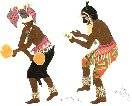 |
Robert
Valencia,
Chairman
Pascua Yaqui Tribe
7474 S. Camino De Oeste
Tucson, AZ 85746
Phone: 520/883-2838
Toll Free 1-800-5-Pascua.
(above information valid August 2003)
"We honor all of our Yaqui Fighters, the link below shows how excellent at warfare our fighters were."
![]() Return to Indigenous Peoples' Literature
Return to Indigenous Peoples' Literature
Compiled by: Glenn
Welker
ghwelker@gmx.com
This site has been accessed 10,000,000 times since February 8, 1996.